The Holiest Buddhist sites- Bodhgaya India
Bodhgaya
Gaya is a religious place located 100 kilometers away from the capital city of Patna. The city is located on the bank of the Falgu River and is considered one of the most sacred cities for Hindus. Three hills Ram-Shila, Katari, and Brahma yoni hill surround it from three sides and make it a natural barrier and a beautiful site. Gaya city has a great heritage and history its own. The name of the Gaya is derived from the myth of the demon Gayasur who Lord Vishnu had killed in a duel. The place is so sacred for Hindus that even Lord Ram performed Pindadanam here for his ancestors. The city is sacred not only for Hindus but also for Buddhists, as the place has many Buddhist pilgrim sites. The bank sides of river Falgu and the temples located on the bank are beautiful and attractive. A peepal tree standing on the bank of the Falgu River called Akshayavat is considered sacred for Hindus. The tree is worshiped for its divinity.
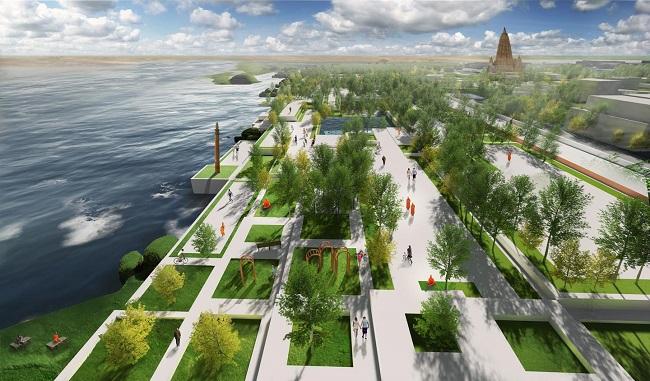
Bodhgaya a sacred city
Bodhgaya is one of the most important and sacred Buddhist religious centers in the world. Gautama attained supreme knowledge here under a banyan tree, the Bodhi Tree to become Buddha, the Enlightened One. Gautam Buddha was born in the foothills of the Himalayas as a Sakya prince of Kapilvastu (Nepal) and most of the major events of his life, like enlightenment and the last sermon, happened in Bihar. Buddhism religion was really born in Bihar and evolved here through his preaching and the example of his lifestyle of great simplicity, renunciation, and empathy.
in reality, the state’s name of ‘Bihar’ originated from ‘Vihara’ meaning monasteries that abounded in Bihar. Several centuries after Buddha’s passing away, the Maurya Emperor Ashoka contributed tremendously towards the revival, consolidation, and spread of the original Budhha religion. Ashoka built monasteries, for the Buddhist monks, and the pillars known as Ashokan Pillars were erected to commemorate innumerable historical incidents associated with the Buddha’s life. most of the pillars are intact to this day, which helped scholars and religious people alike to trace the life events and preaching of Gautam Buddha. The later ages inscriptions described visits of pilgrims from Sri Lanka, Myanmar, and China between the 7th and 10th century AD. It is perhaps still the same temple Hieuen Tsang visited in the 7th century.
What to See in Gaya
Bodhi Tree
The original Bodhi tree may have been destroyed by many Kings, but the direct descendants flourish even today standing tall at 80 feet. This Bodhi Tree is probably the fifth succession of the original tree under which the Buddha had attained enlightenment. Vajrasana, the seat of stability, is a stone platform on which the Buddha is supposed to have sat in meditation gazing east, under the Bodhi tree situated near Bodhi Tree.
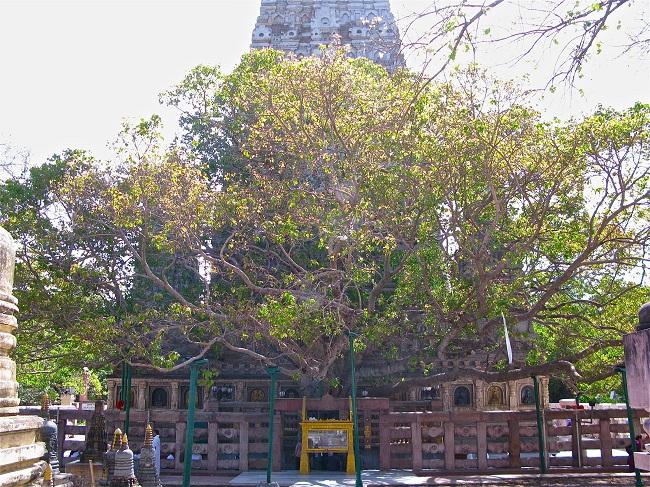
Thai Monastery
Thai Monastery has a curved roof covered with exquisite tiles of gold, the Thai Monastery houses a bronze statue of Buddha and another recently erected 25 m high statue in the garden. One of the oldest foreign monasteries was built in the ornamental regal Thai architectural style. The grandeur of the exterior as well as the interior is awe-inspiring. The temple reflects like a red and golden gem over a calm pool on the front patio. The splendid Buddha idol along with the mural paintings depicting Buddha’s life and some modern events like the importance of planting trees painted in a stylized manner is marvelous. It is situated next to Mahabodhi Temple at Bodhgaya.
Mahabodhi temple, Bodhgaya
The Mahabodhi Temple is the main and most important attraction in Bodh Gaya. It was built in the 7th century, surrounding the Bodhi Tree that Buddha sat under whilst he attained enlightenment. The temple stands in the east of the Bodhi Tree. Its architectural view is superb. Its basement is 48 square feet and it rises in the form of a slender Pyramid till it reaches its neck, which is cylindrical in shape. The total height of the temple is 52 meters and on the top of the temple is Chatra which symbolizes the sovereignty of the Bauddha religion.
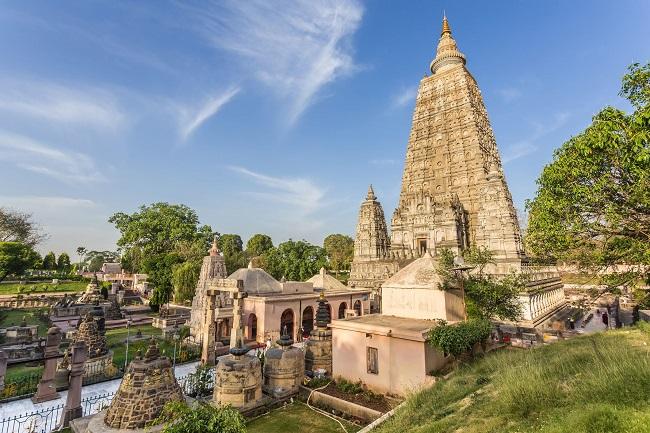
Statue of the Buddha, Bodhgaya
The Great Buddha Statue is a 25-meter height that was unveiled and consecrated on November 18, 1989, with a ceremony graced with the presence of His Holiness the XIV the Dalai Lama, who blessed the 25-meter statue. It was the first great Buddha statue built in the modern history of India. It is a meditating Buddha resting on a giant lotus, constructed using intricately carved sandstone and red granite.
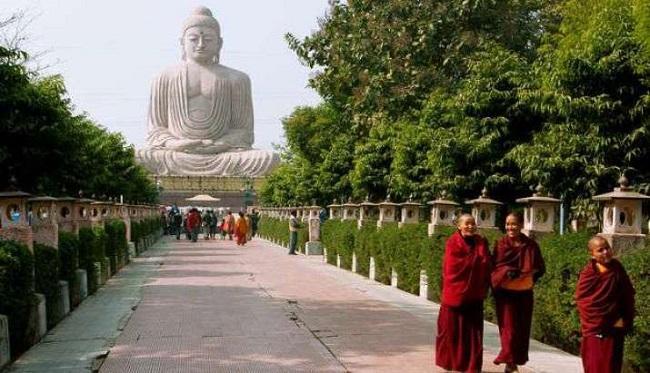
Sujata Garh
This ancient stupa is believed to be the place where Gautama Siddhartha meditated following severe penance of fasting before he attained enlightenment. The legend goes that a village lady, Sujata, offered a bowl of rice pudding when she saw meditating Gautama severely emaciated. Gautama accepted the offer and realized the futility of self-deprivation. After this incident, He went to meditate under the Bodhi tree and was enlightened and became the Buddha. It is about 2 km from Mahabodhi Temple at Bodhgaya.
Dungeshwari Temple
Dungeshwari Cave Temples, also known as Mahakala caves, are situated 12 km northeast of Bodhgaya. There are three caves containing Buddhist shrines, where the Buddha is believed to have meditated. Dungeshwari Cave Temples are ancient caves. These are caves Lord Buddha underwent years of self-mortification before descending to Bodhgaya. Three main caves contain several shrines for Buddhists and one for Hindus. Dungeshwari cave temples are also popular as Sujata Sthan to local people. Gautama Siddhartha is believed to have piously meditated at this place for six years before he went to Bodhgaya for the final realization. Two small shrines are built to commemorate this phase of Buddha.
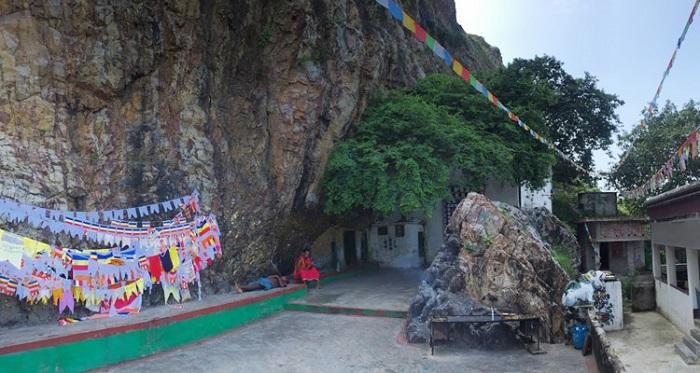
Lake Muchalinda
A popular site at Bodh Gaya, the Muchalinda Lake is located next to the main temple. It is associated with a mythological tale stating that Lord Buddha was protected from the storm by Snake King Muchalinda.
Brahmayoni Temple, Bodhgaya
To visit this temple must go through a grueling climb of 424 high stone steps to reach the top of the hill, atop which lies this temple. Two caves namely Brahmayoni and Matreoni are also situated on the hill along with an ancient temple of Astabhujadevi. Brahmayoni hill was the place where Buddha preached the fire sermon to a thousand former fire-worshipping ascetics and it is said that each ascetic became enlightened after hearing his teachings.
Pind Daan
A pind as per Hindu religious text is something that is in a circular form. And, this is how pind daan got its name in which food made in circular-ball form is offered to the soul by his/her relatives during shradh karma. The material that is used to prepare pind during shradh is made up of kneading rice or barley flour. These pinds are made in circular form and are offered to the deceased during pind daan karma.
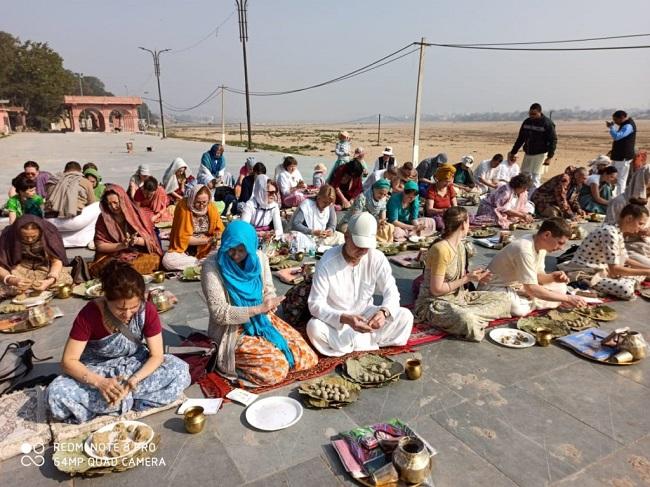
Vishnupad Temple
Vishnupad Temple is the most attractive destination in Gaya. The temple is located on the bank of river Falgu and has a footprint of Vishnu incised into a block of basalt. People believe that Lord Vishnu killed Gayasur by placing his foot on Gayasur’s chest. The old temple of Vishnupad was later renovated by the queen of Indore, Devi Ahilyabai in the eighteenth century.
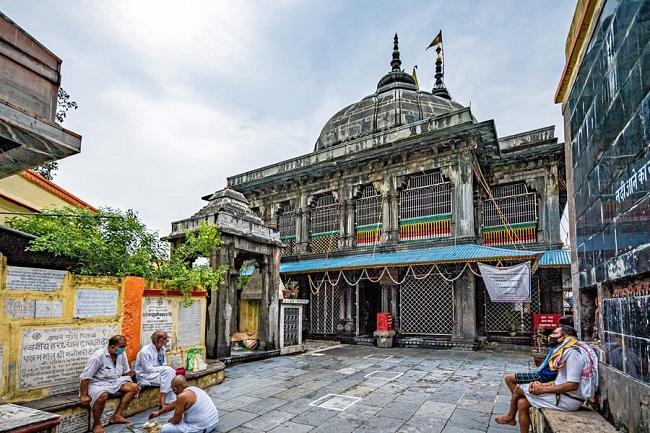
Sita kund
On the opposite side of the Vishnu pad temple, Sita Kund is situated on the other banks of the Falgu River. There is a small temple depicting the spot where Sita Devi performed pinda dana for her father-in-law. The famous Akshaya vat is located in the nearby area of Vishnu pad temple. The Akshaya Vat was blessed by Sita Devi to become immortal & never shred its leaves in any season.
Also read- 7 Best GeoTourism Places to Visit in Bhagalpur City, India
Manglagauri Hill
This temple dates back to the 15th Century. This shrine is dedicated to Goddess Shakti or Sati. She is worshipped in the form of Goddess Mangla Gauri, the deity of benevolence. It is one of the ‘Shaktipeeths’ constructed on the top of Manglagauri Hill, according to beliefs, the breasts of the mother goddess fell at this place after her body was shredded by the ‘Sudarshana chakra’ of Lord Vishnu. Here Goddess Sati or Mangla or Shakti is worshipped in the form of the breast symbol, which signifies nourishment. The temple complex consists of small shrines dedicated to Lord Shiva and the images of Goddess Sati as Mahishasura Mardini, Durga, and Dakshina Kali.
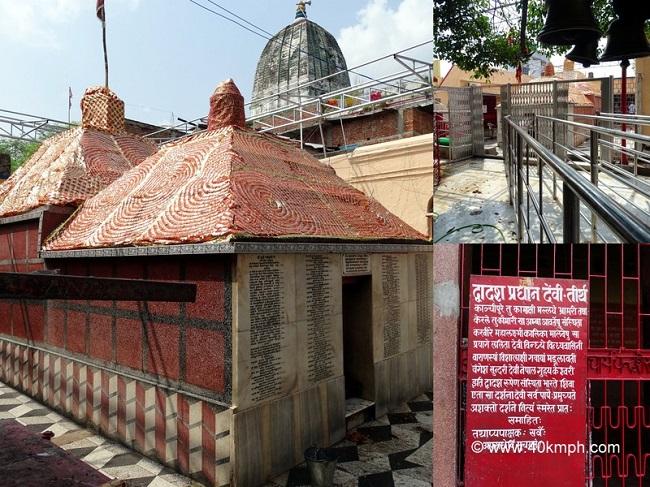
Ramshilla Hill, Bodhgaya
Ramshila Hill situated on the southeast side of Gaya is considered to be the most sacred place as it is believed that Lord Rama had offered ‘pinda’ on the hill. The name of the hill is associated with Lord Rama. A number of stone sculptures belonging to the ancient period can be still noticed on and around the hill which suggests the existence of some earlier structures or temples since very early times. The Temple situated on the top of the hill called Ramesvara or Patalesvara temple was originally built in 1014 A.D. In front of the temple “pindas” are offered by the Hindu devotees during Pitrapaksh for their ancestors.
Barabar Caves
Barabar Hills embraces the cluster of four caves, together called Barabar Caves. These four caves are Lomas Rishi Caves, Sudama caves, Vishwakarma Caves, and Karan Chaupar caves. This cluster of Barabar Caves lies around 40 km from Bodh Gaya. These caves are carved out from monolithic granite rock.
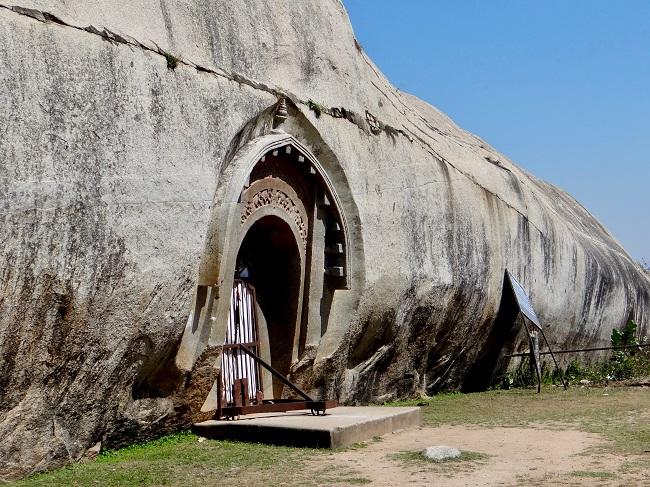
Some Other Treasures of Bodhgaya are the Lotus Tank, Buddha Kund, Chinese Temple & Monastery, Burmese Temple, Buddhist Monastery of Bhutan, International Buddhist House & Japanese Temple, Tibetan Monastery, and Archaeological Museum.
How to reach Bodhgaya
The best way to reach Gaya is by air. Gaya Airport, also known as Bodhgaya Airport, is an international airport. one can reach Gaya by Gaya Junction railway station also. Gaya city is well connected with the road network as well
Source- Tourism.bihar.gov.in, Tripadvisor, Wikipedia.org, Theculturetrip.com
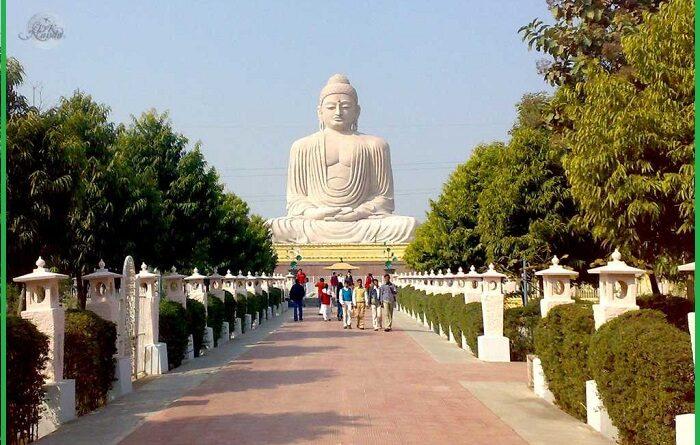
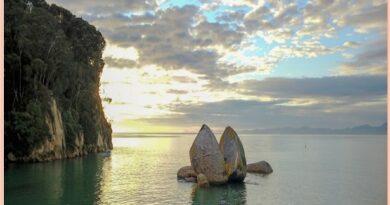
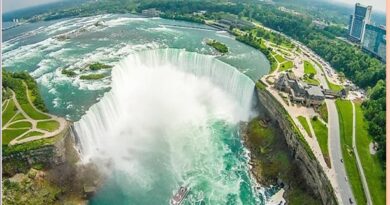
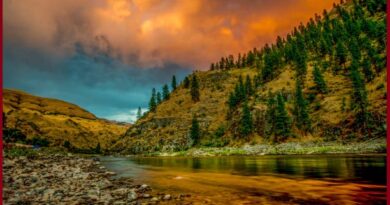
Pingback: Know the secret of Poyang Lake Under Water road in Dahuchi section - Geotourism